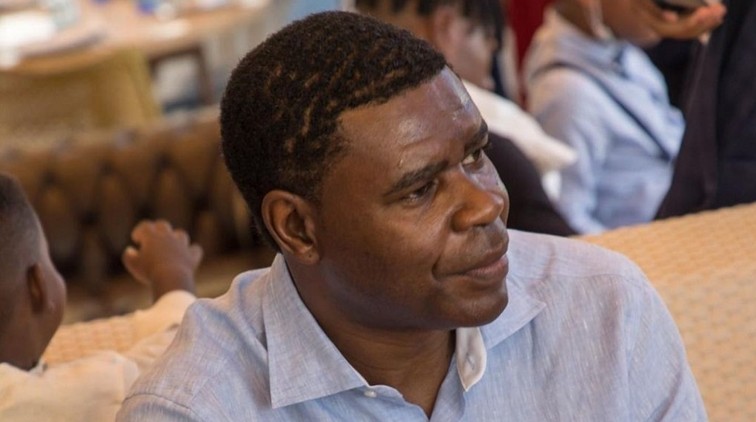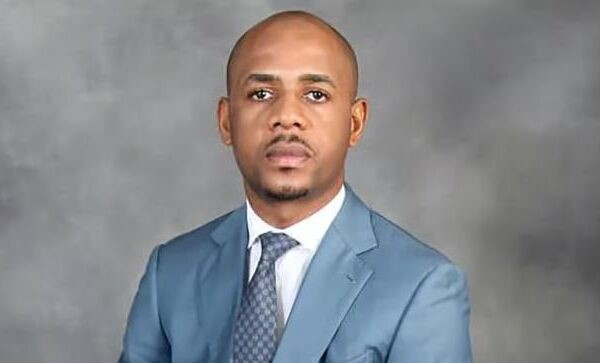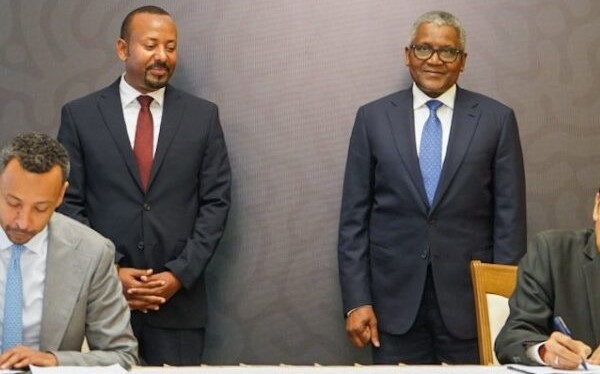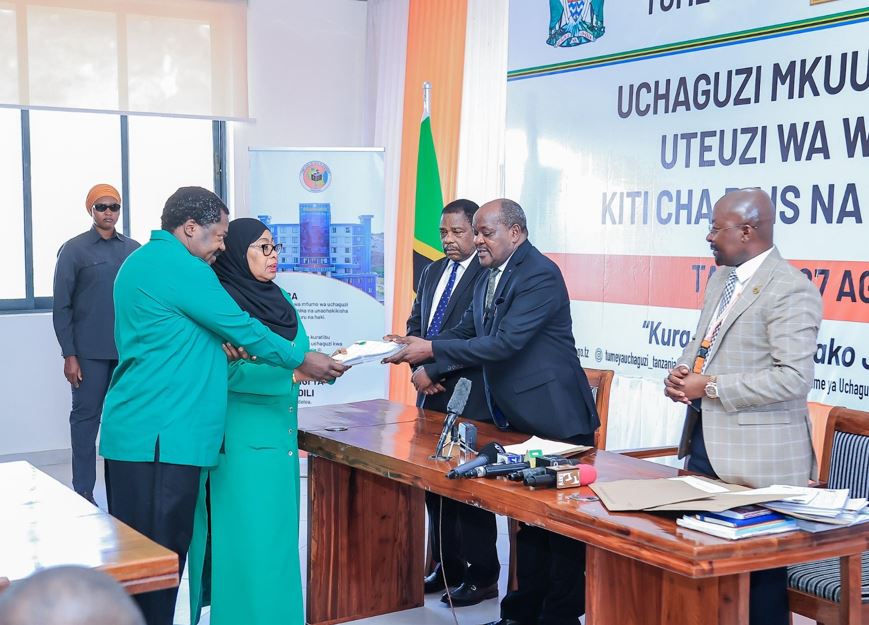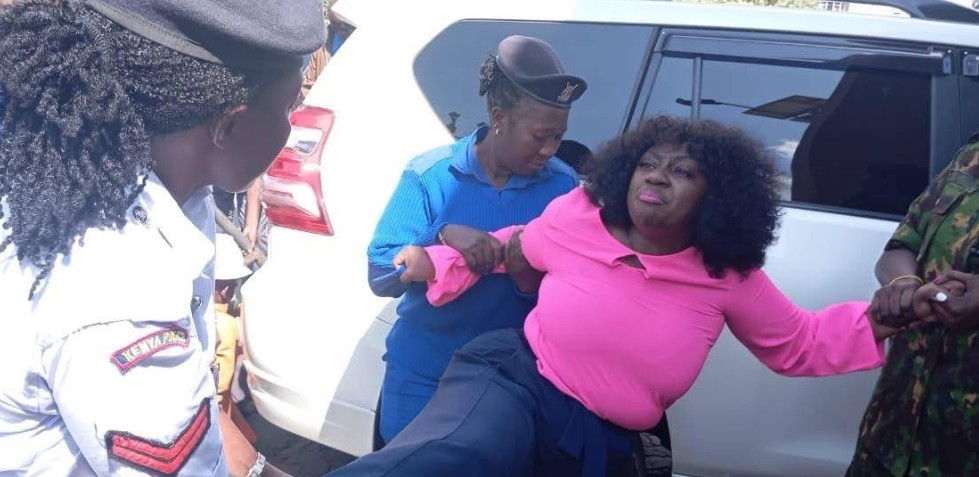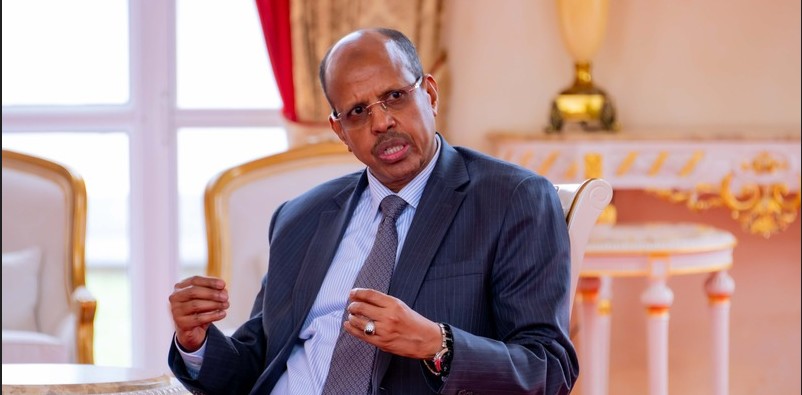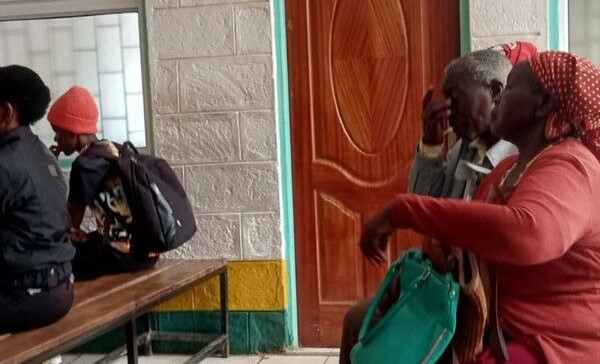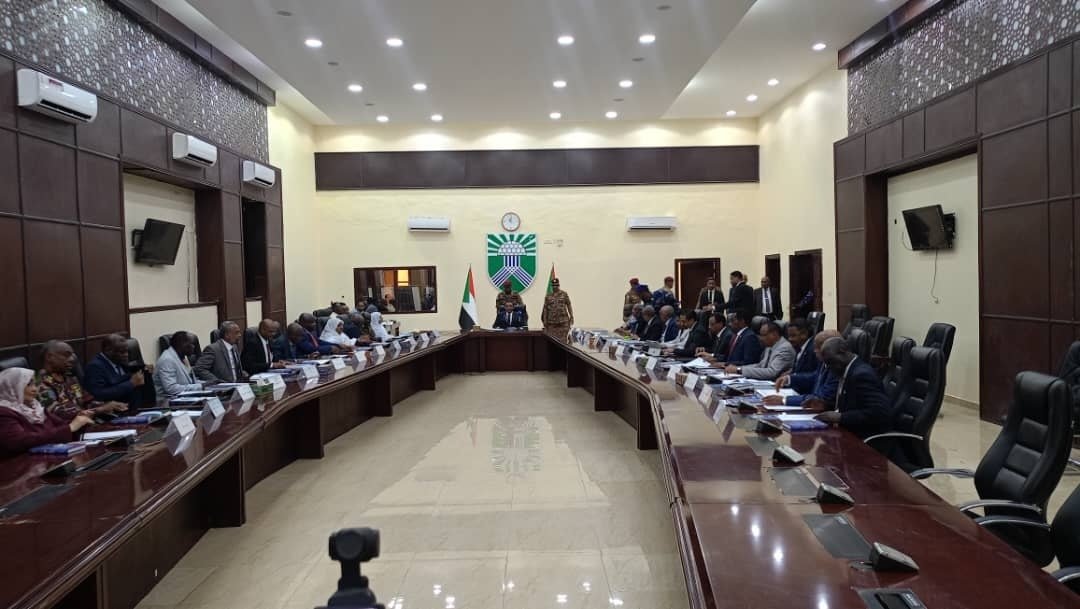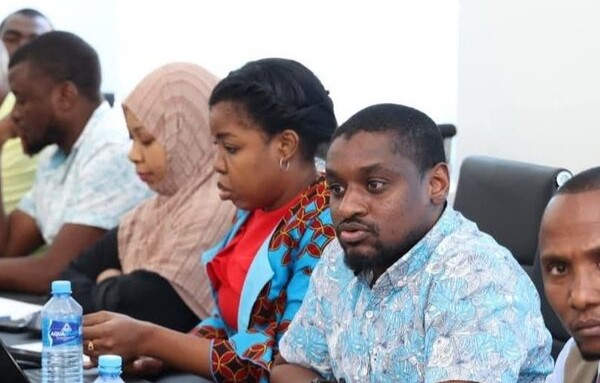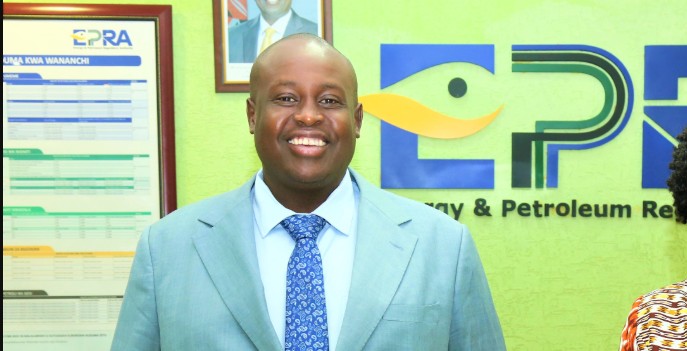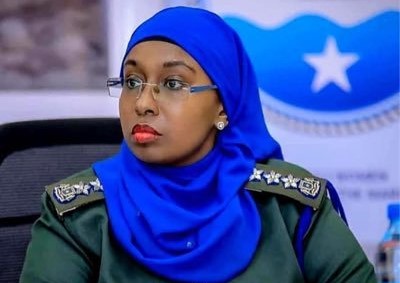Government targets 90 per cent coverage in Sh10 billion fibre expansion drive
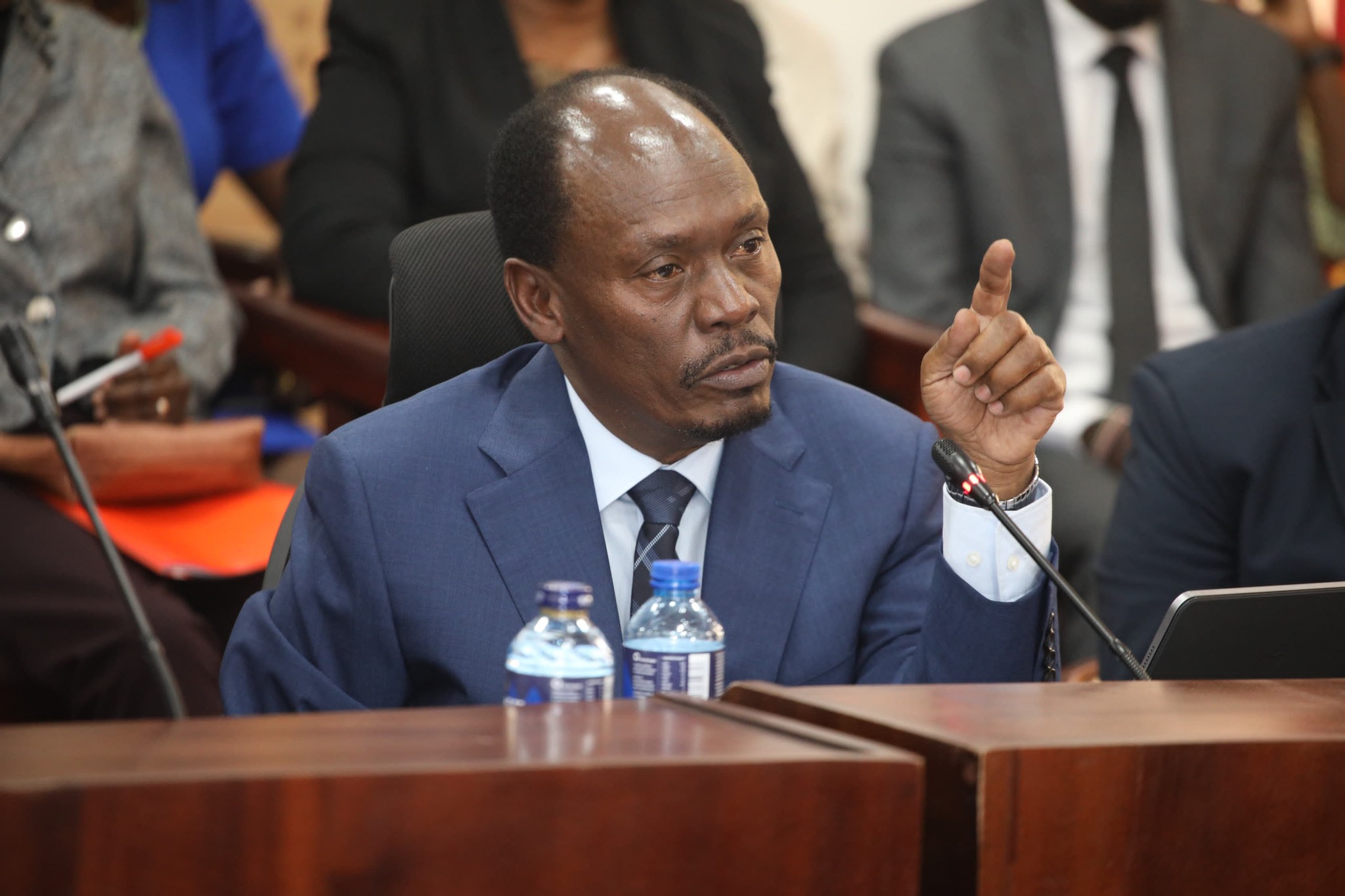
The government is aiming to raise Kenya’s fibre optic coverage from the current 62 per cent to 90 per cent by the next financial year.
In a bid to address growing complaints about poor network access, the government has rolled out a Sh10 billion fibre optic project expected to extend secure communications across the country.
Information, Communication and Digital Economy Cabinet Secretary William Kabogo said the project, which will be carried out by the Information Communications Technology Authority (ICTA) and Kenya Power, is being implemented in phases.
More To Read
- Four CSs in fresh legal battle over Sh50 e-Citizen fee
- High Court stops swearing-in of Media Council board members appointed by CS Kabogo
- Former ICT Cabinet Secretary Nyambura Ndung’u appointed to senior UN role
- ICT CS William Kabogo taken to task for failing marginalised areas on connectivity
- Free Wi-Fi transforms Wajir’s Wagalla village as internet access reaches remote areas
- Kenya adopts new media code, ushering in stricter AI and child protection rules
He noted that Kenya Power’s last-mile connections are being used to fast-track the fibre rollout to even the most remote corners of the country.
“We are doing it in phases. Stage by stage, which is yearly. We have already done three phases. A commitment of Sh10 billion has been made to ICTA and Kenya Power,” Kabogo said.
The government is aiming to raise Kenya’s fibre optic coverage from the current 62 per cent to 90 per cent by the next financial year.
This major investment comes after several leaders, particularly from insecure regions, raised alarms about the impact of poor network coverage on safety and communication.
Samburu Senator Steve Lelegwe asked Kabogo to outline concrete steps for expanding and strengthening mobile networks in northern Kenya and Kerio Valley, regions that continue to suffer from cattle rustling and frequent attacks.
Wajir Senator Mohamed Abass spoke emotionally about the loss of lives linked to a lack of network access.
“There is a lot of insecurity, and people are being killed every day. Chiefs are being kidnapped and police officers are being killed, just because they cannot be rescued due to a lack of network,” Mohamed said.
He demanded swift action to ensure that areas such as Wajir, Mandera, and Turkana are not left behind.
Busia Senator Okiya Omtatah pressed Kabogo to reveal whether Kenya is moving toward satellite-based technologies to close the coverage gap. “During elections, sometimes we are told that some areas are not covered by the network. What efforts is the government of Kenya making to use satellite technologies that can enable us to have universal coverage?” Omtatah posed.
Meanwhile, Meru Senator Kathuri Murungi raised concerns over how the Universal Service Fund (USF) is being used, questioning why there are still so many unconnected areas.
“The USF is not being used prudently, and it is in billions of shillings. Every time you make a call, even for one minute, some money goes to the fund. For any call that you make or receive, there are some cents that go to the fund. Where does that money go?” Murungi asked.
He pointed out that network problems are affecting even parts of Nairobi and expressed frustration over continued gaps, saying, “For example, there is no connectivity in my house in Meru. It is very shameful in this era that we have such pockets in this country without connectivity.”
Kabogo said that where fibre rollout faces challenges, the government is working with satellite companies like Starlink and Air Traffic Control (ATC) to offer alternative solutions.
“In those areas where there are security issues, we rely on our collaboration with other providers like ATC, Safaricom and Starlink; those that have the capacity to provide satellite services,” said Kabogo. “Like we just licensed Starlink, which is widely used even in urban areas. We hope to continue to collaborate with them for places where we have not been able to reach with fibre optic.”
He assured the Senate that the Communications Authority of Kenya is dedicated to ensuring universal network coverage to support security, rescue efforts, and digital growth across the country.
Top Stories Today



